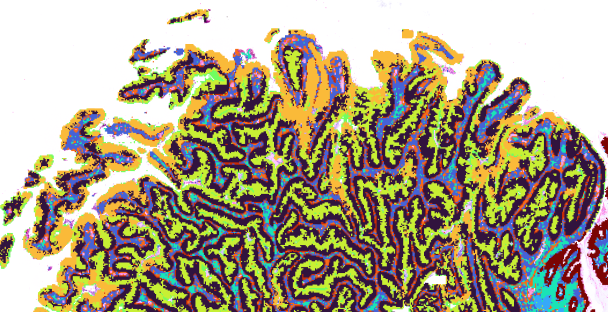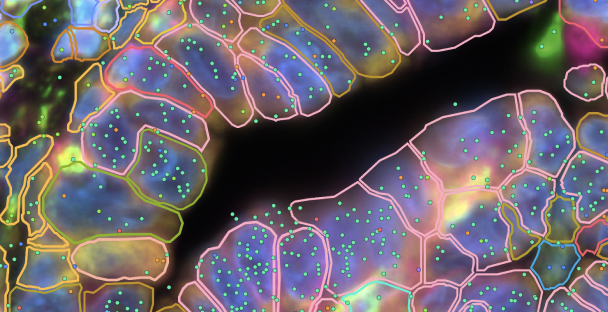Innovations to propel your research
Performance gains. Expanded scale. New low prices.
Take large-scale studies to new heights with GEM-X Flex's performance & flexibility for <$0.01 USD/cell.Low per-sample costs for single cell studies
Easy on-chip multiplexing for 3' and 5' scRNA-seq provides results you can trust—no extra steps, no extra costs.Maximize insights, maximize success in pharma
Boost confidence in every decision across your drug development pipeline with single cell and spatial multiomics.
Your toolbox to resolve biology's complexities

Chromium Single Cell
Our single cell platform allows transcriptomic profiling of up to a million single cells with multiomic capabilities to reveal cellular diversity.Learn about Chromium
Visium Spatial
Our spatial discovery platform enables whole transcriptome analysis of FFPE & fresh frozen tissue within morphological context.Learn about Visium
Xenium In Situ
Our spatial imaging platform maps RNA molecules with subcellular resolution in tissue sections for a deeper look into cellular mechanisms & interactions.Learn about Xenium
Our products empower impactful science
With over 8,200 publications using our products, join the community of scientists advancing their research with the aid of 10x Genomics.
Solutions to see biology in new ways
Single Cell Gene Expression
Measure gene activity on a cell-by-cell basis and characterize cell populations, cell types, and more.
Single Cell Gene Expression Flex
Perform sensitive whole transcriptome gene expression on fresh or fixed samples (including FFPE).
Single Cell Multiome ATAC + Gene Expression
Measure gene expression and open chromatin simultaneously from the same cell, across thousands of cells.
Single Cell Immune Profiling
Measure the activity of immune cells and their targets.
Visium HD WT Panel Gene Expression
Perform sequencing-based spatial transcriptomics at single cell scale with continuous tissue coverage.
In Situ Gene Expression
Spatially map gene expression at subcellular resolution with an imaging-based readout.




